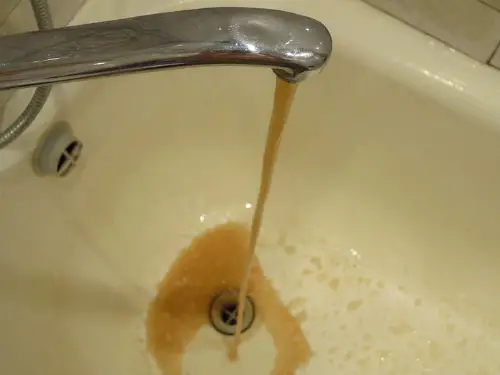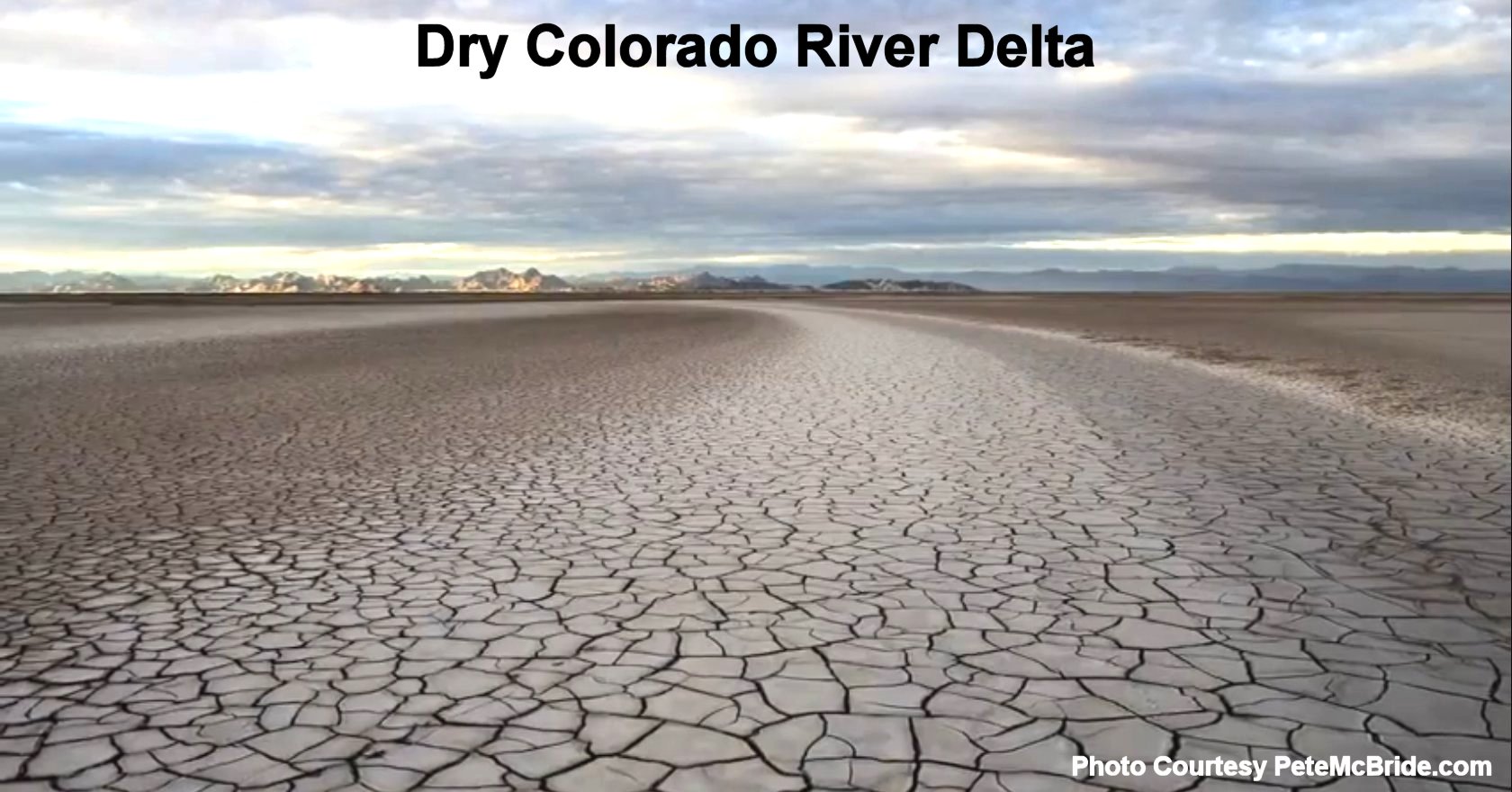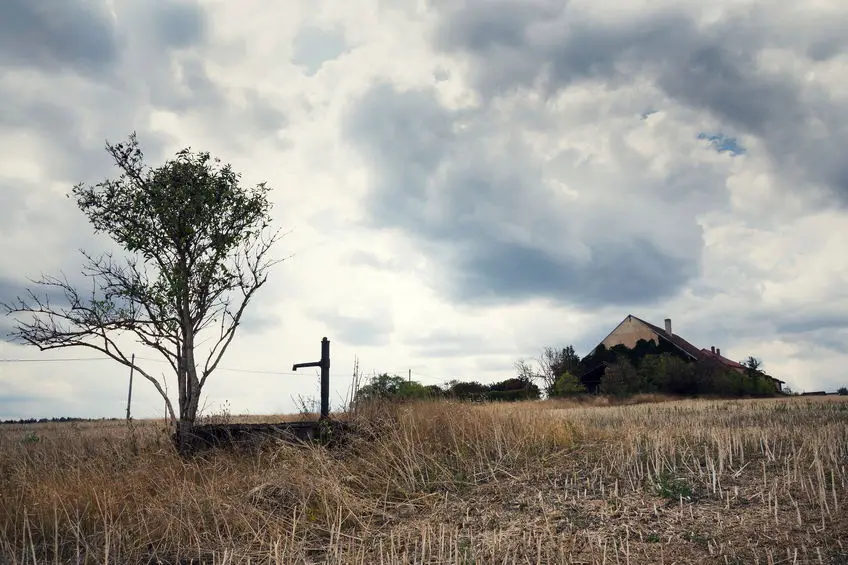The Global water crisis is affecting millions of people in places like Sudan, Somalia, and Afghanistan along with many other places around the world for different reasons. Is there a water shortage in the US?
Scientists say yes studies show:
H2O sources in the US won’t last 5-10 yrs.
Colorado River (drying up) from overuse
Lake Mead in Cal. provides H2O to over 22 million people in the Western US is (drying up)
Eastern Maryland (Salt Intrusion)
Nevada (draught)
New Mexico(draught)
Flint Michigan (infrastructure)
Researchers say that almost a billion people on Earth lack access to enough water on earth. As the earth’s population gets bigger and the climate changes the situation is more than a draught problem.
Is There a Water Shortage in the US
Water Scarcity can be from many things. The lack of quantity of drinking water is the amount or the lack of quality drinking water, Infrastructure, Rising Sea Levels, or Drought. It is hard to imagine that clean drinking water which is something we take for granted and is hard to come by in other parts of the world, is happening here in certain parts of our Country.
Reliable sources of water can be at times too consuming and expensive. This is known as Economic Scarcity. Water can be found, it just takes more resources to do it. In some parts of the world, there are no reliable sources of water. This is known as Physical Scarcity.
The problem of Physical Scarcity is a growing and ongoing problem where people are putting more demand on limited supplies. The cost to build or maintain access to water will increase. The importance of water’s social and economic stability will develop and will also increase.
What Are the Main Causes of Water Scarcity
- Lack of Infrastructure and Poor Sanitation Policies. The population has no choice but to rely on rivers or lakes for hydration.
- Much of the water in the area is used for Agriculture or Domestic Chores. The water is recycled for different reasons, bathing, laundry, cleaning, and cooking.
- Large parts of the world particularly Africa suffer from Economic Water Scarcity
- Conflict-Population being controlled by local warlords and Terrorists.
- It is the typical manifestation of underdeveloped countries. Right now in Africa, they are Yemen, Libya, and Jordan.
- Other factors are Pollution or Draught
As drought, flooding, and climate change continue to restrict American water supplies the opposite is true for Population growth and energy production (they add on) according to government reports. These two stresses will squeeze the area and develop into Water Scarcity problems for this part of the Country.
California is one such area of America that has seen these kinds of Water Stress statistics year after year for the last ten years or so. The Metropolitan Water District has delivered less and less water to the greater Los Angeles area over the last few years and things don’t look any better now. California has less snowmelt than in previous years that replenish Aquifers. The lack of rainfall in Montana has created problems with demand and availability in recent years.
In Eastern Maryland, rising sea levels are beginning to taint freshwater supplies with saltwater in freshwater aquifers. The United States is on the verge of a Water Scarcity crisis. It could be the end of clean drinkable available water as we know it. The crisis in Flint Michigan that rendered their water supply undrinkable it’s just the beginning and a preview of what’s to come in America.
Another of the biggest threats to the American water supply is our aging infrastructure. Across this country, water is flowing through pipes that are long past their expiration date. Pipes built after World War II were supposed to last about 75 years at the maximum. The most precious resource in the desert is lost to cracked and broken pipes.
Why Is Water Scarcity a Problem

It’s a huge problem because most of the infrastructure in America is 100 years old now. In the next 20 years, the EPA says it could cost over 384 billion dollars to revitalize our infrastructure.
The need for the government to get going is urgent as the longer we wait the worse it’s going to get. Another huge problem is the lead. Lead was used to manufacture water pipes up until 1980. Those pipes all have to be dealt with.
Lead is a huge factor in our water and landfills. It can be dealt with but the source must be known. Water Filters with Carbon blocks can easily get rid of higher levels in drinking water.
The infrastructure of our cities and towns has been let go and not replaced but rather patched up as you go kind of maintenance. Proof of that is the number of Water main breaks that are now becoming a huge problem in cities across the country.
The American Society of Civil Engineers estimated that there were over 240,000 water main breaks in 2016 in the US when this study was done. These are big water main breaks that close main roads and arteries in towns and cities shutting down traffic and closing school systems and government buildings. It seems that you are hearing about one massive one every day that is making headlines.
In South Dakota and Washington State, employees reported that they were still relying on wooden pipes left over from infrastructure pre-dating World War II. Researchers have warned that drought and climate change could have consequential effects on the United States for the next 35 years.
In the last 50 years, federal governments made funds available through programs like The Clean Streams Water Act that set aside funds, grants, and low-interest loans for municipalities and small and large towns and cities across the country. The funds were given to clean up existing infrastructures within the grid and systems.
Whether the small agencies used the funds for the right reasons is hard to tell. The thing about infrastructure is you can’t see it is usually located underground and out of sight. Unless it’s considered a bridge or roadway.
Water Scarcity Facts
Another Reason for Water Scarcity for 100 years or so people in the western states of America depended on a few huge water sources. The Biggest Was The Colorado River.
The Colorado River is the biggest resource supplying over 40 million people in seven states with water. The arid Western United States has gone through a population and Agricultural explosion that has blossomed into megacities and towns that transformed this desert land into what it is today.

The depletion of the water resources in the West is a nightmare in the making. If the drought in the west would end today it would take years to recover. The increased demand from cities like Denver to San Diego continues to expand while California grows food for the Nation.
Discovery Channel’s new program Killing Colorado explains how the 3 issues that brought the West’s serious water crises came to be.
1. Conflicts between Urban and agricultural demand have always been an issue since the turn of the 19th Century and have escalated since, as the water from Colorado started to dry up.
2. Western Infrastructure has made it possible to build cities like Las Vegas along with Dams and canals but they were built inefficiently losing millions of gallons of water to evaporation and seepage in the middle of the desert.
3. Traders have bought and sold Water Rights with mixed results for people who rely on that water for survival. Now Wall Street is getting involved in the process with innovative methods and promising results. Presenting possible solutions to local water shortages. Helping to move water to where it’s needed most in the region.
Almost 80% of the Colorado River is used for Agriculture to supply America with food. The Colorado River has been bought and sold through Water Rights that municipalities, towns, and cities bought and traded through the last 100 years in the region.
In recent years the practice of water trading has risen in this dry area of the country. This is because investors see a chance to make big profits because of water shortages and a chance for the shortages to be solved by market mechanisms for these communities in trouble. It’s now a billion-dollar business. Early Water Traders saw whole communities swindled out of their water rights watching their towns dry up and become ghost towns.

In the movie Chinatown, the struggle between the old-which was the Agricultural farming communities that were once the state of California, at the turn of the Century and the new-which was the Urban City of Los Angeles.
Just like in the old days of the West, Water Rights came with the land you bought and titled along with any water that sat underneath which made it more valuable. How much water you had underneath your land dictated how much power and money the owner had in this part of the world.
In the movie, the Water company dries up the land on purpose which makes the land worthless, to buy it for next to nothing. Developers need water.
It’s crucial. There was lots of money at stake. Anywhere you find money, you’ll find corruption. This made this a great movie, with a strange topic that people didn’t understand unless they were from the Western part of the country, especially California.
Just as the early days of Los Angeles needed aqueducts to bring that water in and out of the region for development and agriculture the same holds today. The need for clean water doesn’t stop. Population and development grow and water that was once a needed resource becomes more like gold, especially in the desert area today with questionable water being left in the region.
Water availability is the quantity of water that can be used for human purposes without significant harm to ecosystems or other users. Consideration is given to demands from human and ecosystem needs, equitable apportionment of water among uses, and indicators of stress to the water resource ……………………………………………………………. Read more
Water Scarcity Solutions
It was only 75 ago that Scientists discovered that if you pumped water from an underground well, you found that the ground would constantly refill. Over time the Scientists concluded pumps were pulling water directly from a stream miles away. Experiments would prove that water underground was intermingled.
They were parts of the same water system. If water was removed from the aquifer underground it would be replenished by some other part of the same water system.
Today this dynamic is widely accepted as the principle of Hydrology. The discipline of science studies the movement of water underneath the earth. Government officials in Western states where the biggest problems exist ignore these fundamentals.
- Use this Common Principle-All Earth’s Water is one Supply from the Earth.
- Replace or Repair Infrastructure
- Visual Inspection with Flying Drones and Underwater Drone Dam, Reservoirs, Water Tanks, and Pipeline
- Rationing with Common Sense
- Start Now
If we start now fixing Infrastructure that will alleviate problems where we are wasting water that we can detect.Rationing is not what’s needed, just common sense.
So as America West has waged its battle against water scarcity, some of its officials have been miscalculating to some degree just how much water is available. If States in the Western United States keep managing water systems the same way we run the risk of a water crisis worse than we ever feared.
To understand the threat better we need to work together by adding all underground water as one source of water supply. Some new principles and methods are being developed here in the States and around the world developing new technology for reusing drinking water and cutting waste making a more sustainable future for the water we have on earth. After all, it’s all we ever had and all we ever will have.
Conclusion:
In conclusion, water scarcity is a pressing issue in various parts of the United States, with factors such as drought, overuse of water resources, inefficient management practices, and climate change contributing to the problem. The impacts of water scarcity are far-reaching, affecting communities, ecosystems, and industries alike. Addressing this challenge requires a multifaceted approach, including water conservation efforts, investment in infrastructure and technology, sustainable water management practices, and policies that promote efficient use of water resources. Additionally, individual actions play a crucial role in mitigating water scarcity by reducing consumption and advocating for sustainable practices. Ultimately, addressing water scarcity in the US necessitates a coordinated effort at local, state, and federal levels to ensure the availability of this vital resource for future generations.
The Ogallala Aquifer or High Plains Aquifer is an unconfined aquifer & principal source of H2O for agricultural regions in the US underlying an area of 174,000 square mi. extending through 8 states in the Midwest providing drinking H2O to 2.3 million people with recharge coming from rainwater & snowmelt …………………………………………………………… Read more

References:
World Economic Forum-Water Scarcity in the US
FAQ’s
-
What measures are being taken to address water scarcity in the US? Measures include water conservation initiatives, investment in water-efficient technologies, development of alternative water sources (such as desalination and water reuse), improvements in water infrastructure, and implementation of water management policies.
-
What can individuals do to help alleviate water scarcity? Individuals can contribute by conserving water at home (e.g., fixing leaks, using water-efficient appliances, practicing water-wise landscaping), reducing water consumption, supporting water-saving policies, and raising awareness about the importance of water conservation.
-
Are there any long-term solutions to water scarcity in the US? Long-term solutions may involve sustainable water management practices, investment in water infrastructure projects, integrated water resource management approaches, and addressing underlying factors contributing to water scarcity (such as climate change and population growth).
-
How does climate change exacerbate water scarcity in the US? Climate change can lead to alterations in precipitation patterns, increased frequency and severity of droughts, changes in snowmelt timing, and rising temperatures, all of which can affect water availability and exacerbate water scarcity in certain regions.
